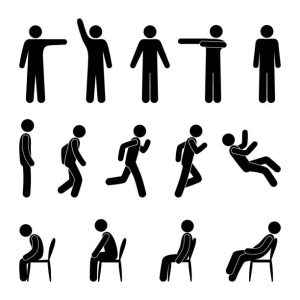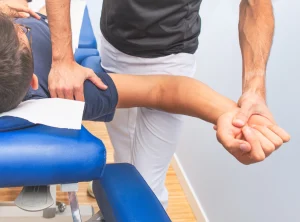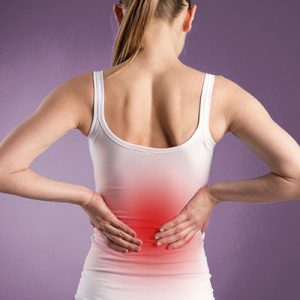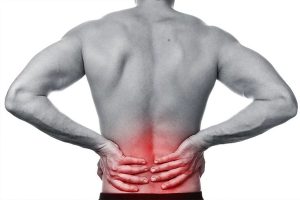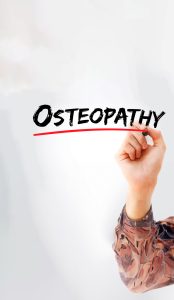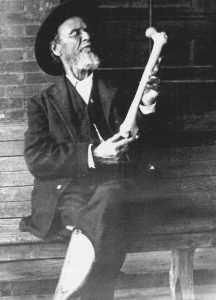Tendonitis is one of the most common musculoskeletal complaints, affecting both those who play sports and those who perform repetitive tasks on a daily basis. It is characterized by inflammation or irritation of a tendon – the tough, flexible structure that connects the muscle to the bone, transmitting the force needed for movement.
Although it may only seem like a passing pain, tendonitis can become a disabling condition when not properly treated, compromising everything from simple household chores to physical activity.
What can cause tendonitis?
Tendonitis usually results from mechanical overload. This means that the tendon is subjected to more strain than it can cope with, either through repetitive movements, poor posture or lack of adequate recovery.
The most common causes include
-
Repetitive movements at work – typing, using a mouse and keyboard, carrying loads, playing musical instruments, among others.
-
Intense or unprepared sports activity – running, tennis, swimming, bodybuilding and other sports that require repeated technical gestures.
-
Muscle imbalances – when certain muscles are too tense or weak, the tendons suffer more load.
-
Postural and joint changes – bad positions maintained over time can create overload in specific regions.
-
Metabolic and systemic factors – diseases such as diabetes, rheumatoid arthritis or even natural aging can make tendons more vulnerable.
Most common symptoms
Signs of tendonitis can vary depending on the region affected (shoulder, elbow, wrist, knee, ankle, etc.), but usually include:
-
Localized pain that increases with movement;
-
Sensitivity to the touch of the tendon;
-
Stiffness and limited joint mobility;
-
Swelling or heat in the affected area (in more acute cases);
-
Decreased strength, making simple activities such as shaking hands, climbing stairs or lifting objects difficult.
These symptoms, if ignored, can develop into tendinosis (degeneration of the tendon), making treatment more time-consuming and complex.
How can osteopathy help?
One of the great advantages of osteopathy is that it doesn ‘t just treat the symptom, but looks for the cause of the overload. When someone comes to the clinic with tendon pain, the aim is not only to relieve the inflammation, but also to understand what caused the tendon to be in pain.
Osteopathic treatment can include
-
Gentle manual techniques to relieve muscle tension and reduce local inflammation;
-
Improved joint mobility, reducing compensatory overloads;
-
Correction of postural and movement patterns that favor tendon wear;
-
Personalized stretching and strengthening exercises, essential for recovery and prevention of relapses;
-
Therapeutic education, helping patients to understand their limits and adopt healthier habits.
This joint work helps to make recovery faster, more effective and sustainable over time.
Prevention: caring for tendons on a daily basis
Prevention is always the best treatment. A few simple measures make a big difference in protecting tendons:
-
Take regular breaks during repetitive activities;
-
Warm up and stretch before playing sports;
-
Respect your body’s limits and give it time to recover after exertion;
-
Maintain good posture, both at work and at play;
-
Seek specialist help at the first sign of persistent pain.
Conclusion
Tendonitis is a common problem, but it doesn’t have to be a sentence of pain or limitation. With a careful assessment, an adapted treatment plan and preventive strategies, it is possible to regain functionality and resume a quality active life.
By looking at the body as a whole, osteopathy is an important ally in this process, helping not only to relieve pain, but also to correct the factors that caused it.
👉 If you have tendon pain or suspect tendonitis, make an appointment for a personalized assessment. The sooner you act, the faster and more effective your recovery will be.


